Paul Ysart Brochure
From Moncrieff Archive c. 1960
Layout is approximately as in the original 4 page A4 sized leaflet
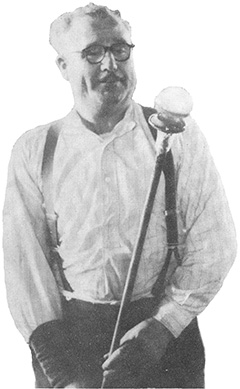
Copyright 2006 Frank Andrews — Glass Home — Paul Ysart Catalogues Menu — Contact: Contact
Paul Ysart BrochureFrom Moncrieff Archive c. 1960Layout is approximately as in the original 4 page A4 sized leaflet |
||||||||
 |
PAUL YSART |
|||||||
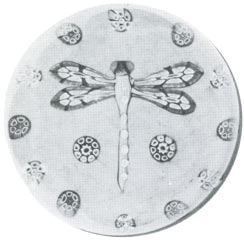 |
|
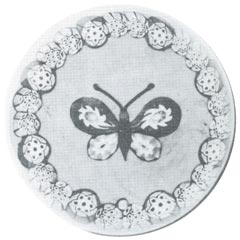 |
|
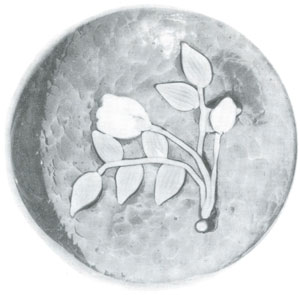 |
|
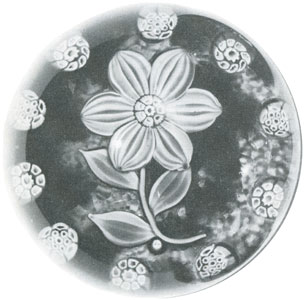 |
|
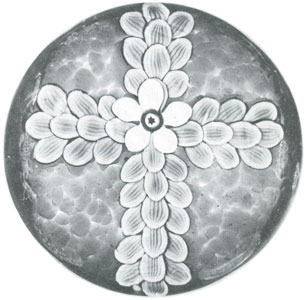 |
|
Text from the June 1956 Bulletin of the Paperweight Collectors’ Association. Paul Ysart was born in Barcelona, Spain, in 1904, both his father and grandfather being master glassblowers. Five years later Mr. Ysart, Senior took up employment in France, working in Lyons, Marseilles and Paris, and in 1915 joined the Edinburgh and Leith Flint Glassworks in Edinburgh,. Scotland, makers of the world famous Edinburgh crystal. The family moved to Edinburgh, and at the age of thirteen Paul commenced his training as a glassblower, acting as servitor to his father. Paul Ysart is a craftsman who finds great satisfaction in expressing himself in his work, and there is no better outlet than paperweights which have always held a great fascination for him with the unlimited possibilities in design. Each paperweight is made by him single handed, except in certain cases where he may obtain the services of a skilled glassblower to have the weight re-heated before making another gather from the pot of molten glass. This enables Paul Ysart to start work on the next paperweight during this process. Each glassblower’s technique differs, and naturally in such a highly skilled craft as the making of paperweights he is not prepared to give exact details of some of the more intricate operations, particularly in the manufacture of the canes and other material for the centre of the paperweight. However the following is an outline of the procedure adopted. The canes are formed by building up a stick of colored glass rod, usually about 2 inches in diameter with differing colors and designs worked in by passing the rod through special moulds. The rod is then drawn out after heating, and redrawn several times until it is reduced to the required size, which may be as small |
||
Paul Ysart putting together the canes for a millefiori weight.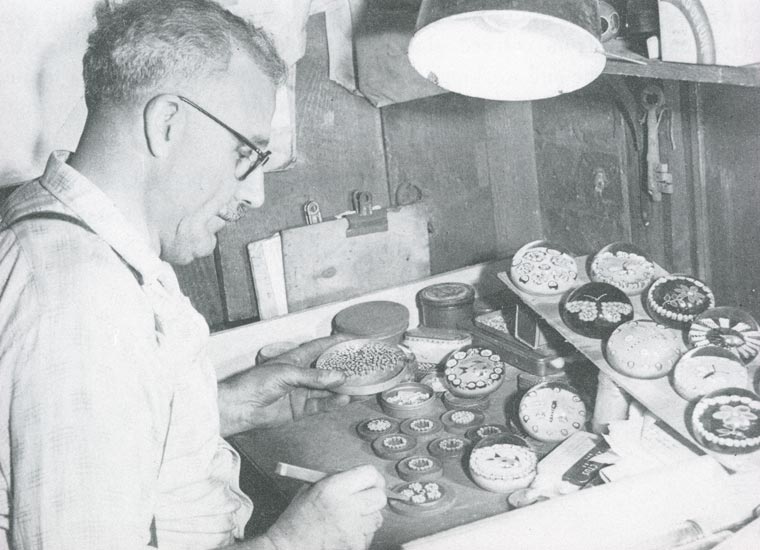 |
||
as ⅛ inch in diameter. The canes are then cut up into short lengths ready for incorporation in the paperweight. Mr. Ysart then selects suitable canes for each paperweight, there is no set pattern, and no two paperweights are exactly alike. The canes are then arranged in the required design and a gather of glass is made to seal the canes in position. Great care must be taken to ensure that all possible air bubbles are excluded, and this is only one of many intricate points requiring expert attention during manufacture. If a colored base is required the color is applied after the first gather, and further gathers are made until the paperweight has reached the required size. Each gather must be carefully marvered or shaped to ensure a perfect finish, and during these operations the paperweight requires to be reheated several times. The paperweight is then cracked off from the blowing iron and placed in an annealing kiln which reduces the temperature of the paperweight very gradually to obviate any risk of the glass cracking. The canes and other material in the centre of the paperweight must have the same coefficient of expansion as the glass used in the body, otherwise cracks are certain to appear on cooling. After annealing, each paperweight is examined by Paul Ysart for any signs of flaws and those containing even the slightest defect are destroyed. The paperweight is then passed to the grinding and polishing department where the rough marks caused by cracking off from the blowing iron are erased and the base is ground smooth and polished. Where the centre of the paperweight is constructed in a design other than canes, as with a butterfly or flower pattern as distinct from a millefiori, this is built up from colored glass by lampworking, namely melting the glass in a gas flame and working to the desired shape whilst still in a molten state. The majority of his paperweights are readily identifiable by a small cane in the design bearing the initials P. Y. Paul Ysart’s production is very small: about 16 to 20 paperweights per month which are sold in the United States through a select group of fine antique dealers. The paperweights are actually made to order. |
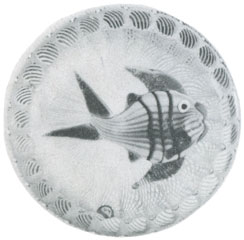 |
|
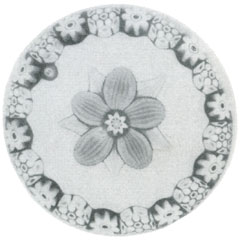 |
Back to previous page